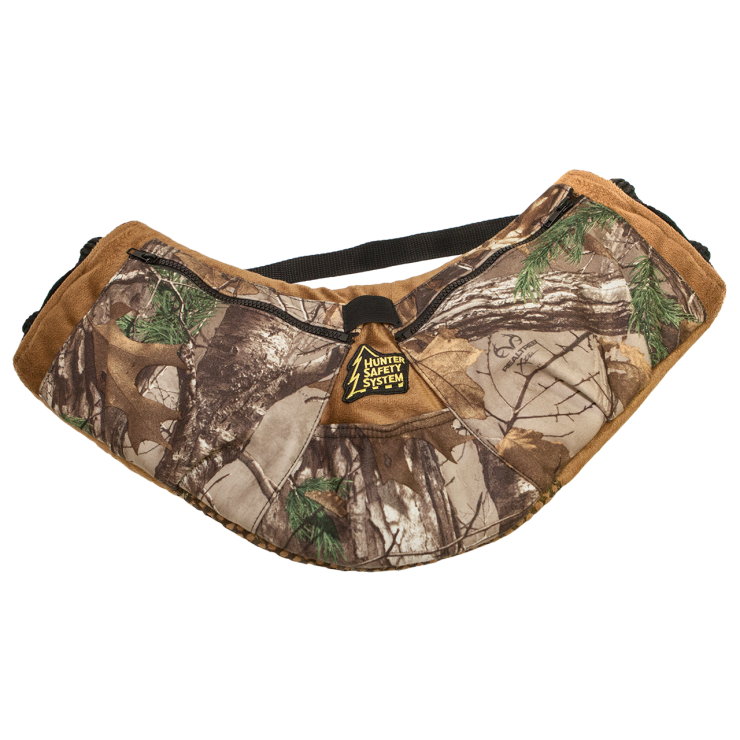Food Is King in the World of Whitetails
The late season can be a great time to kill a deer. It's generally pretty cold. Deer are worn down from the rut. And they're looking to fill their bellies in an effort to regain the body weight they've lost during the month of November.
As I (and many others) have said, food is king. Always. It doesn't matter what time of the year it is — food is the dominate factor in all things deer hunting. But especially during the late season, it has the power to pull deer out into the open during daylight. Here are seven tips to help put the odds in your favor.
1. Provide Different Options in the Same Area
Deer like variety. They have different preferences just like we do. Because of that, it's important to offer deer as many options as possible in the same area. Doing so will increase the likelihood that you have something that a given deer will want and will in turn increase the odds of holding more deer in a specific location. Some food sources deer really hit hard during winter include: corn, soybeans, wheat, clover, brassicas, turnips, radishes, woody browse and acorns and other hard masts.
Don't Miss: 5 Mature Buck Personalities We Hate
2. Put It in Close Proximity to Quality Bedding Cover
The closer quality food sources are to good bedding cover, the better. Late-season deer are pressured deer. And pressured deer aren't as likely to move long distances during daylight. Because of this, if planting food plots is your thing, positioning them near bedding areas can prove to be very effective in getting deer up on their feet (and in front of you) while the sun is still shining.
Don't Miss: 8 Bedding Habits of Mature Deer
3. Target Multiple Bedding Areas
It's great if you can hunt food that is near to and draws deer from multiple bedding areas. This only increases your odds of success. However, keep wind direction in mind. And always remember to plan out your entry and exit routes so you aren't bumping and educating deer.
Don't Miss: 10 Ways to Create Better Bedding Cover for Deer
4. Think Both Big and Small
Deer are opportunistic. They feed in areas where they can get the most food for the least amount of effort. You have to determine where that is on the property (or properties) you hunt. That's where the deer will feed. However, if that location is pressured, it might prove difficult to kill a deer there during daylight. Because of this, it's important to remember smaller food sources that bucks might head to when they first rise from their beds of an afternoon and target those instead.
Don't Miss: 10 Feeding Habits of Mature Deer
5. Spend More Time in the Tree
In theory, more time in the tree means higher odds of seeing deer. You have to take that statement with a grain of salt, though. It's only true if you aren't spooking deer when walking in, while hunting and when walking out. If you're bumping deer at any of those three times, more time in the tree can actually hurt your chances. When that's the case and you're hunting a high-risk stand location, you're better off hunting when the conditions are absolutely at their best.
Don't Miss: Kill a Late-Season Stud in 5 Days
6. Adjust Aggression Accordingly
You must be able to recognize your best window of success. Determine what that is and adjust your level of aggression and intensity accordingly. Sometimes that will mean hunting less. Sometimes it will mean hunting more. It all depends on the specific scenario you find yourself in. Factor in other hunters on the property, neighboring hunters, ability (or lack of) to fully control hunting pressure, frequency of the target buck(s) on where you hunt, etc. Basically, if there are high odds someone else could kill the deer you're after, hunt harder and more often. If there are low odds someone else will kill it, and if there are enough days left in the season, hunt less, be more reserved and wait until the right conditions line up in your favor.
Don't Miss: 9 Late-Season Deer Hunting Tips from the Pros
7. Wait Until Conditions Line Up
If you find yourself in a situation where the deer will likely survive the season unless you personally kill it, there are a few things to look for that might swing the odds just enough into your favor. Weather, temperature and moon position have enough pull to effect the frequency of daylight deer sightings. Anytime these three things line up is a great time to be on stand. Period. And if you can afford being more conservative in your approach, it only increases your odds of success to do so.
Don't Miss: How to Deer Hunt in December
Are you a deer hunter wanting to learn how to accomplish your goals? Check out our stories, videos and hard-hitting how-to's on deer hunting.









